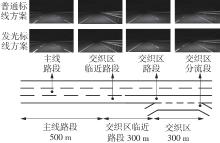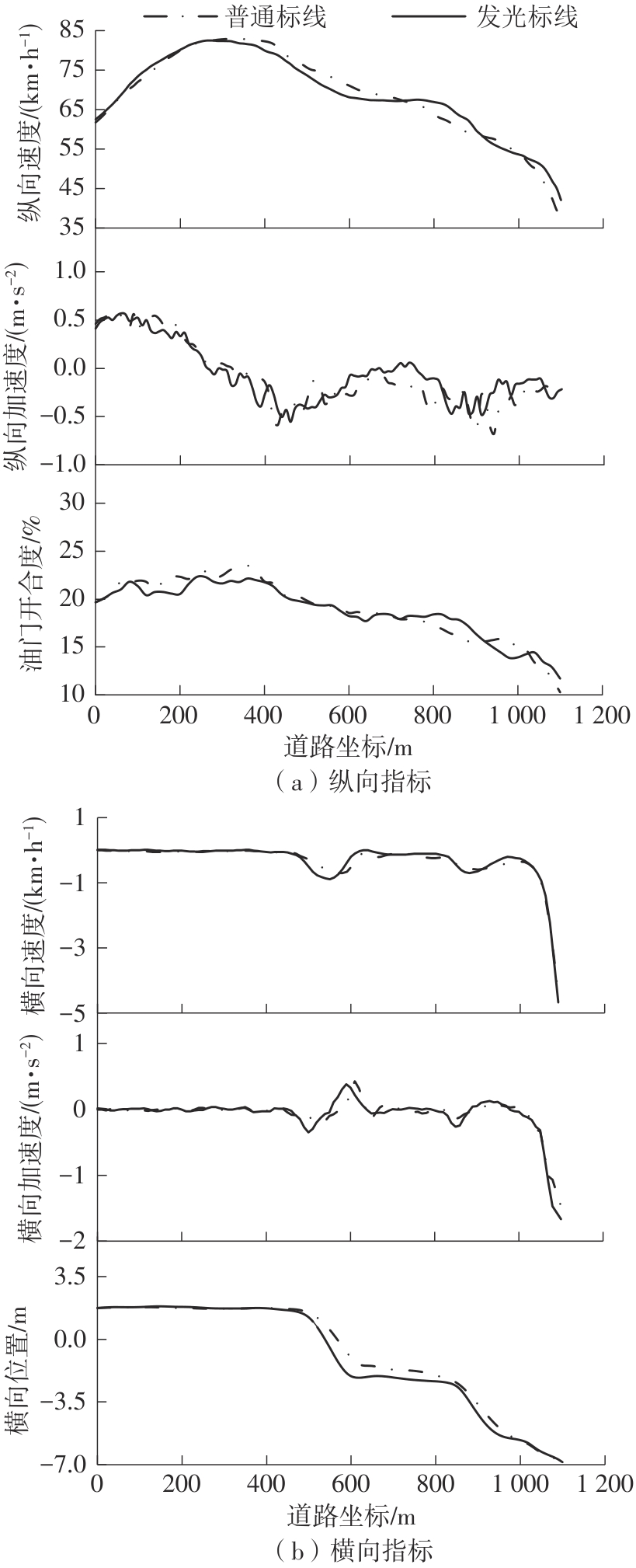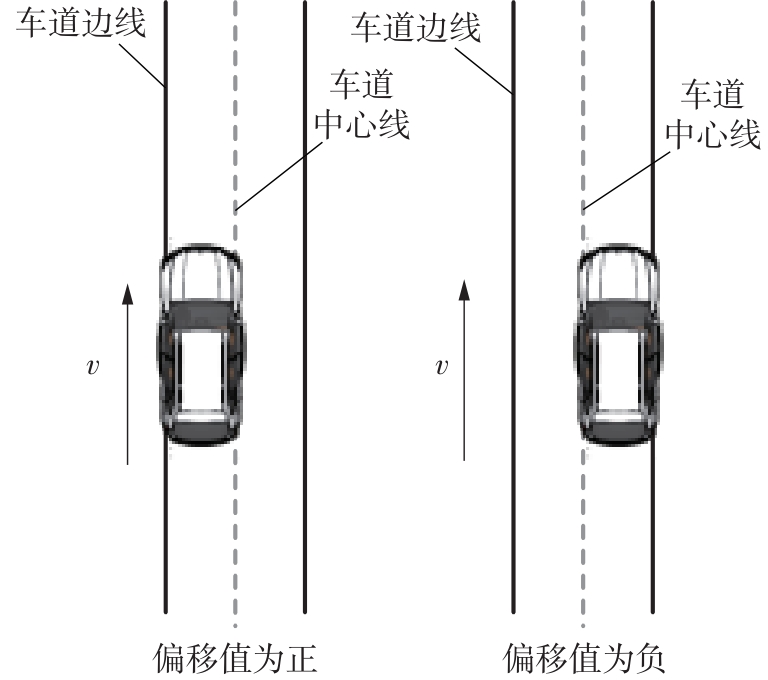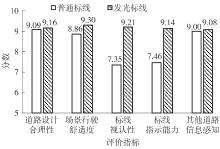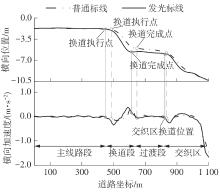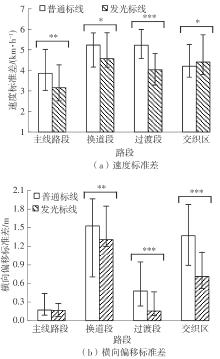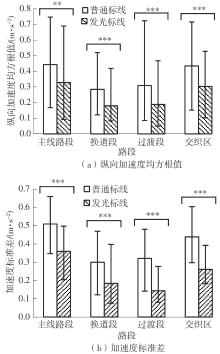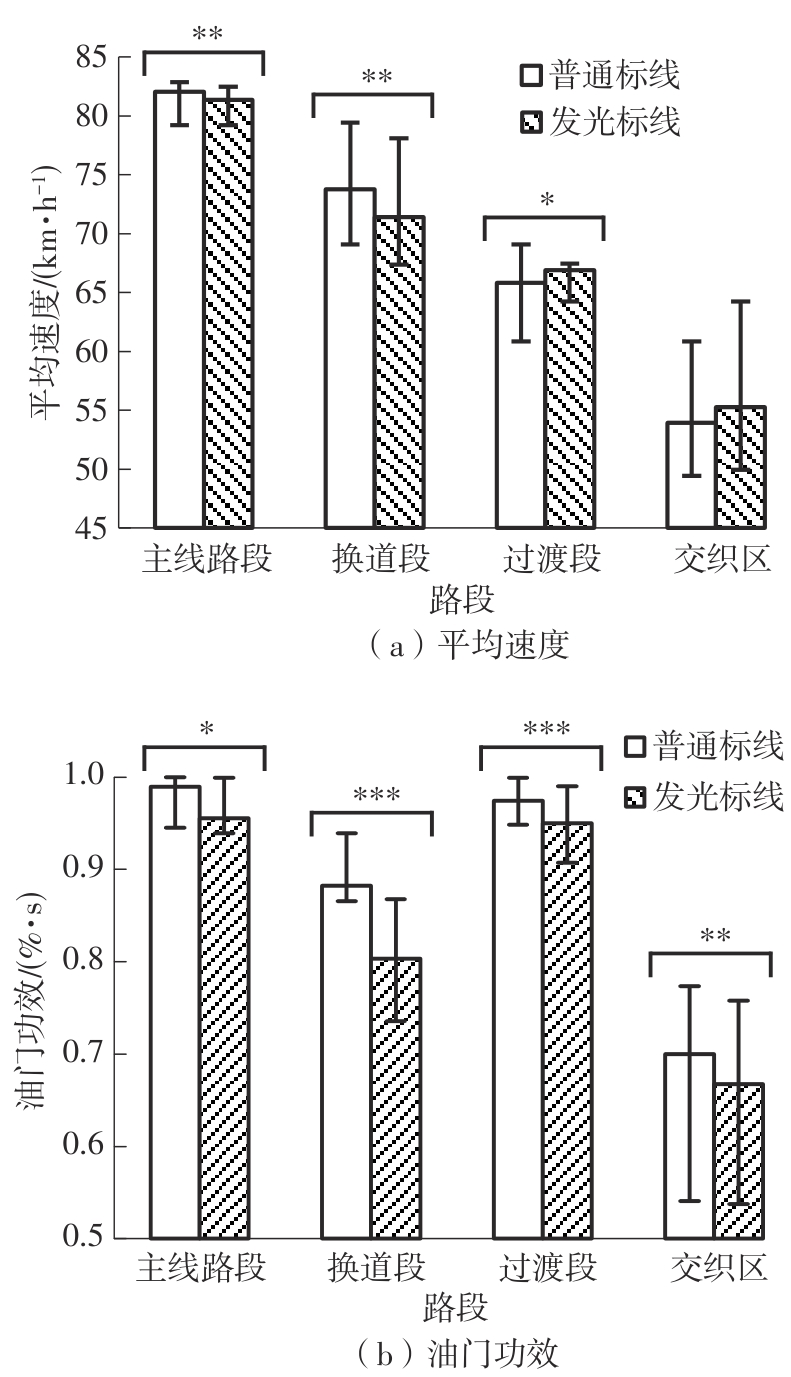| 1 |
WANG L, ABDEL-ATY M, SHI Q,et al .Real-time crash prediction for expressway weaving segments[J].Transportation Research Part C:Emerging Technologies,2015,61(12):1-10.
|
| 2 |
张菁,巨永锋 .快速路交织区交通流模型研究[J].中国公路学报,2011,24(5):89-93.
|
|
ZHANG Jing, JU Yong-feng .Research on traffic flow model of expressway weaving area[J].China Journal of Highway and Transport,2011,24(5):89-93.
|
| 3 |
江金胜,董力耘 .基于元胞自动机模型的C型交织区交通流特性[J].力学学报,2012,44(6):996-1004.
|
|
JIANG Jinsheng, DONG Liyun .Investigation on traffic flow characteristics around a type C weaving section based on cellular automaton model[J].Chinese Journal of Theoretical and Applied Mechanics,2012,44(6):996-1004.
|
| 4 |
孙剑,胡家琦,孙杰 .城市快速路交织区通行能力估计模型[J].中国公路学报,2016,29(4):114-122.
|
|
SUN Jian, HU Jia-qi, SUN Jie .Capacity estimation model on weaving segments of urban expressway[J].China Journal of Highway and Transport,2016,29(4):114-122.
|
| 5 |
MARCZAK F, DAAMEN W, BUISSON C .Empirical analysis of lane changing behavior at a freeway weaving section[J].Traffic Management,2016,3(10):139-151.
|
| 6 |
张卫华,刘嘉茗,解立鹏,等 .混合网联环境快速路交织区交通流特性分析[J].东南大学学报(自然科学版),2023,53(1):156-164.
|
|
ZHANG Weihua, LIU Jiaming, XIE Lipeng,et al .Analysis on the characteristics of traffic flow in expressway weaving area under mixed connected and autonomous environment[J].Journal of Southeast University (Natural Science Edition),2023,53(1):156-164.
|
| 7 |
SOLOMON D H .Accidents on main rural highways related to speed,driver,and vehicle[M].Washington D.C.:US Department of Transportation,Federal Highway Administration,1974.
|
| 8 |
ZHANG J, LEE J, ABDEL-ATY M,et al .Enhanced index of risk assessment of lane change on expressway weaving segments:a case study of an expressway in China[J].Accident Analysis and Prevention,2023,180(2):106909/1-13.
|
| 9 |
GHAFFARI A, KHODAYARI A, HOSSEINKHANI N,et al .The effect of a lane change on a car-following manoeuvre:anticipation and relaxation behaviour[J].Proceedings of the Institution of Mechanical Engineers Part D:Journal of Automobile Engineering,2015,229(7):809-818.
|
| 10 |
秦雅琴,钱正富,谢济铭,等 .基于社会力的交织区突发瓶颈段协同换道决策模型[J].华南理工大学学报(自然科学版),2020,50(7):66-75.
|
|
QIN Yaqin, QIAN Zhengfu, XIE Jiming,et al .Cooperative lane change decision-making model of bottleneck emergency section in weaving area based on social force[J].Journal of South China University of Technology (Natural Science Edition),2020,50(7):66-75.
|
| 11 |
郑飞,杜豫川,孙立军 .基于ALINEA算法快速路入口匝道单点动态控制[J].同济大学学报(自然科学版),2009,37(6):766-771.
|
|
ZHENG Fei, DU Yuchuang, SUN Lijun .ALINEA based on ramp traffic-responsive local-metering strategy for expressway in Shanghai[J].Journal of Tongji University (Natural Science),2009,37(6):766-771.
|
| 12 |
ABDEL-ATY M, WANG L .Implementation of variable speed limits to improve safety of congested expressway weaving segments in microsimulation[J].Transportation Research Procedia,2017,27(2017):577-584.
|
| 13 |
PASQUALE C, SACONE S, SIRI S, et al. A multi-class model-based control scheme for reducing congestion and emissions in freeway networks by combining ramp metering and route guidance[J].Transportation Research Part C:Emerging Technologies,2017,80(7):384-408.
|
| 14 |
LIN H W, CHEN F, ZHANG H C .Active luminous road markings:a comprehensive review of technologies,materials,and challenges[J].Construction and Building Materials,2023,363(2023):129811/1-28.
|
| 15 |
朱本成,郭忠印,宋灿灿 .透光混凝土基LED主动发光交通标线的光纤设置[J].同济大学学报(自然科学版),2019,47(6),802-809.
|
|
ZHU Bencheng, GUO Zhongyin, SONG Cancan .Fiber-optic parameters of light emitting diode active-luminous traffic markings based on light-transmitting concrete[J].Journal of Tongji University (Natural Science),2019,47(6),802-809.
|
| 16 |
LENDERINK E, RAAIJMAKERS A .Dynamic road marking module using chip-on-board phosphor-converted white LEDs with application-specific primary optics[J].Institute of Physics Conference Series,2004,182(1):229-230.
|
| 17 |
Van de A A .Dynamic road marking:a tool to create infrastructure on demand[C]∥ Proceedings of South African Transport Conference.Pretoria:[s.n.],2000:17-20.
|
| 18 |
BABIĆ D, FIOLIĆ M, BABIĆ D,et al .Road markings and their impact on driver behaviour and road safety:a systematic review of current findings[J].Journal of Advanced Transportation,2020,2020(1):7843743/1-19.
|
| 19 |
PULUGURTHA S, BHATT J .Evaluating the role of weaving section characteristics and traffic on crashes in weaving areas[J].Traffic Injury Prevention,2010,11(1):104-113.
|
| 20 |
姜茗馨 .基于驾驶行为特征的越江越海隧道口关联区可变标线设置方法研究[D].上海:同济大学,2022.
|
| 21 |
陈小鸿,张江漫,涂颖菲 .城市快速路异常事件发生频率的时间差异性分析[J].同济大学学报(自然科学版),2013,41(4),536-541.
|
|
CHEN Xiaohong, ZHANG Jiangman, TU Yingfei .Temporal heterogeneity analysis for incident frequency on urban expressways[J].Journal of Tongji University (Natural Science),2013,41(4),536-541.
|
| 22 |
新华社 .4.15亿辆、超5亿人!我国发布最新机动车和驾驶人数据[EB/OL].(2022-12-08)[2023-10-08]..
|
| 23 |
CAMPAGNE A, PEBAYLE T, MUZET A .Correlation between driving errors and vigilance level:influence of the driver’s age[J].Physiology and Behavior,2004,80(4):515-524.
|
| 24 |
高岩,罗毅,尤志栋,等 .手机操作类型对驾驶人跟车行为的影响[J].中国公路学报,2018,31(4):1-9,58.
|
|
GAO Yan, LUO Yi, YOU Zhi-dong,et al .Influence of operating types of smartphone on drivers’ car-following behavior[J].China Journal of Highway and Transport,2018,31(4):1-9,58.
|
| 25 |
MITSCHKE M .汽车动力学[M].北京:人民交通出版社,1997.
|
| 26 |
AARTS L, SCHAGEN I V .Driving speed and the risk of road crashes:a review[J].Accident Analysis and Prevention,2006,38(2):215-224.
|
| 27 |
赵晓华,鞠云杰,李佳,等 .基于驾驶行为和视觉特性的长大隧道突起路标作用效果评估[J].中国公路学报,2020,33(6):29-41.
|
|
ZHAO Xiao-hua, JU Yun-jie, LI Jia,et al .Evaluation of the effect of RPMS in extra-long tunnels based on driving behavior and visual characteristics[J].China Journal of Highway and Transport,2020,33(6):29-41.
|
| 28 |
赵妮娜,赵晓华,林展州,等 .基于驾驶行为的高速公路出口标志形式研究[J].中国公路学报,2020,33(4):137-145.
|
|
ZHAO Ni-na, ZHAO Xiao-hua, LIN Zhan-zhou,et al .Exit gore sign forms for freeway based on driving behavior[J].China Journal of Highway and Transport,2020,33(4):137-145.
|
| 29 |
卢谢峰,唐源鸿,曾凡梅 .效应量:估计、报告和解释[J].心理学探新,2011,31(3):260-264.
|
|
LU Xiefeng, TANG Yuanhong, ZENG Fanmei .Effect size:estimation,report and interpretation[J].Psychological Exploration,2011,31(3):260-264.
|
| 30 |
FERGUSON C J,An effect size primer .a guide for clinicians and researchers[J].Professional Psychology:Research and Practice,2016,40(5):532-538.
|
| 31 |
ZHAO X H, ZHANG C F, JU Y J,et al .Evaluation of tunnel retro-reflective arch in an extra-long tunnel based on the matter-element extension method[J].Accident Analysis and Prevention,2021,150(2021):105913/1-13.
|
| 32 |
董治,王欢,董小林,等 .基于熵权可拓物元模型的公路项目社会稳定风险评估方法[J].中国公路学报,2018,31(9):191-198.
|
|
DONG Zhi, WANG Huan, DONG Xiao-lin,et al .Evaluation method for highway project social stability risk based on entropy weight extension matter-element model[J].China Journal of Highway and Transport,2018,31(9):191-198.
|
 ), 陈丰1(
), 陈丰1( ), 李璜1,2, 陈纪龙1, 游克思3
), 李璜1,2, 陈纪龙1, 游克思3
 ), CHEN Feng1(
), CHEN Feng1( ), LI Huang1,2, CHEN Jilong1, YOU Kesi3
), LI Huang1,2, CHEN Jilong1, YOU Kesi3


